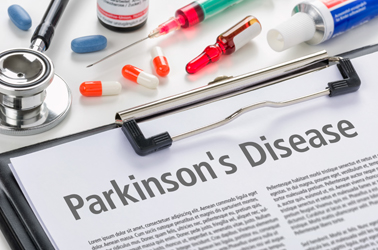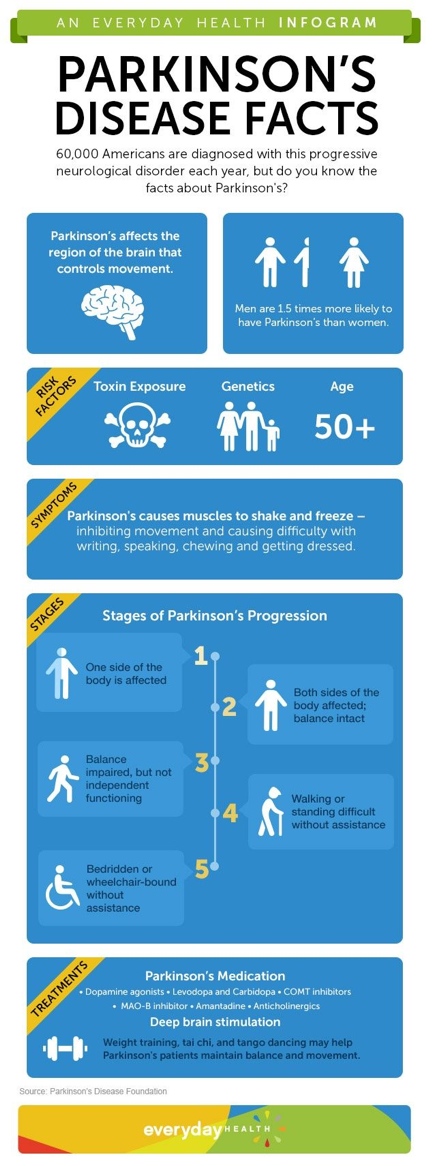Does Mold Cause Parkinson’s Disease?

Many of the symptoms of Chronic Inflammatory Response Syndrome (CIRS) include the following:
- Memory issues
- Concentration issues
- Confusion
- Disorientation
- Mood swings
- Vertigo
- Tremors
Similarly, symptoms of Parkinson’s Disease include the following:
- Tremors
- Slowness in movements
- Balance problems
- Muscle stiffness
- Fatigue
- Difficulties speaking and writing
- Sleep disorders
- Loss of smell
- Depression
- Cognitive changes
The purpose of this article is to explain why and how mold could be a possible cause of Parkinson’s Disease.
What Is Parkinson’s Disease?
Dopamine is a neurotransmitter that helps control the brain’s reward and pleasure centers.
Dopamine also helps regulate movement and emotional responses, and it enables us not only to see rewards, but to take action to move toward them.
Parkinson’s disease (PD), discovered by Dr. James Parkinson in 1817, is a degenerative disorder of the central nervous system caused by the death of dopamine-generating cells in a region of the midbrain, substantia nigra.
10 Key Stats and Facts About PD In The United States
- Currently, there is no cure for PD.
- PD is treated with medications, exercise programs, speech therapy. Deep brain stimulation is another treatment option that has worked on some PD patients.
- The cause of PD is not known. There are many theories, including environmental factors such as pesticide exposure from two pesticides, paraquat and rotenone, commonly used by farmers affecting populations living in rural communities. The other main thrust of research focuses on genetic factors because 15% of PD patients have first-degree relatives that also suffered from PD.
- As many as one million Americans live with Parkinson’s disease, which is more than the combined number of people diagnosed with multiple sclerosis, muscular dystrophy and Lou Gehrig’s disease.
- Approximately 60,000 Americans are diagnosed with Parkinson’s disease each year, and this number does not reflect the thousands of cases that go undetected.
- An estimated seven to 10 million people worldwide are living with Parkinson’s disease.
- Incidence of Parkinson’s increases with age, but an estimated four percent of people with PD are diagnosed before the age of 50.
- Men are one and a half times more likely to have Parkinson’s than women.
- The combined direct and indirect cost of Parkinson’s, including treatment, social security payments and lost income from inability to work, is estimated to be nearly $25 billion per year in the United States alone.
- Medication costs for an individual person with PD average $2,500 a year, and therapeutic surgery can cost up to $100,000 dollars per patient.

Can Microbial Volatile Organic Compounds (MVOCs) Affect Dopamine?
According to EMLab, MVOCS are:
“composed of low molecular weight alcohols, aldehydes, amines, ketones, terpenes, aromatic and chlorinated hydrocarbons, and sulfur-based compounds, all of which are variations of carbon-based molecules. MVOC’s have a very low odor threshold, thus, making them easily detectable by smell. They often have strong odors and are responsible for the odious smells (“old cheese”, “dirty socks” or “locker room”) associated with mold and bacterial growth….In the indoor environment, exposure to fungal MVOC’s has been blamed for headaches, nasal irritation, dizziness, fatigue, and nausea.”
One of the reasons that people get sick from molds like Aspergillus, Chaetomium, and Penicillium, is they release MVOCs.
According to researchers from Rutgers and Emory Universities–Arati A. Inamdara, Muhammad M. Hossain, Alison I. Bernstein, Gary W. Miller, Jason R. Richardson, and Joan Wennstrom Bennett–MVOCs can have an impact on dopamine production in the brain.
In their research paper, published in the Proceedings of the National Academy of Sciences: Fungal-derived semiochemical 1-octen-3-ol disrupts dopamine packaging and causes neurodegeneration, researchers hypothesized that MVOCs have the potential to damage dopamine and cause PD symptoms:
“Parkinson’s has been linked to exposure to environmental toxins, but the toxins were man-made chemicals. In this paper, we show that biologic compounds have the potential to damage dopamine and cause Parkinson’s symptoms.”
Lead researcher, Joan Wennstrom Bennett, who was a previous critic of Sick Building Syndrome, hypothesized that MVOCs made her sick because she experienced the health impact that mold can have after her home became infested with mold during Hurricane Katrina. In her words:
“I felt horrible – headaches, dizziness, nausea. I knew something about ‘sick building syndrome’ but until then I didn’t believe in it. I didn’t think it would be possible to breathe in enough mold spores to get sick.”
To prove her hypothesis, the team of researchers studied the effect that the MVOC, 1-octen-3-ol, also known as mushroom alcohol, had on the movement of fruit flies.
The researchers discovered that mushroom alcohol causes two genes involved in the packaging and transport of dopamine to malfunction causing the neurons to degenerate.
Not surprisingly, the fruit fruit flies’ movement was impacted.
The researchers proved that MVOCs impact dopamine which is one of the key causes of PD.
This is an important discovery because it creates further questions about the current hypothesis that the main cause of PD is pesticides and genetics. As stated by Inamdar:
“Our work suggests that 1-octen-3-ol might also be connected to the disease, particularly for people with a genetic susceptibility to it. We’ve given the epidemiologists some new avenues to explore.”
Considering the similarities in symptoms between PD and CIRS, and the fact that there is now some research evidence proving that MVOCs, a by-product of mold growth, can impact dopamine function in the brain, this does raise a critical question:
What percentage of PD patients are sick because of mold exposure?
Questions? Mold B Gone is here to help! If you suspect that mold is making you sick, call us, (470) 545-4467 or contact us via e-mail for further assistance.
Our goal is to help you live a healthier and happy life.
Most importantly, we truly empathize with your situation and are committed to helping you and guarantee our services.
What Is The Link Between #Mold and Parkinson’s Disease?: Does Mold Cause Parkinson’s Disease? The purpose of this article is to explain why and how mold could be a possible cause of Parkinson’s Disease.
Posted by Mold-B-Gone Remediation, LLC on Friday, November 6, 2015
What Is The Link Between #Mold and Parkinson’s Disease? https://t.co/FEVHYFDpGB #PD PLEASE RETWEET pic.twitter.com/mKE83IvGQ0
— Mold B Gone (@moldbgonega) November 6, 2015

